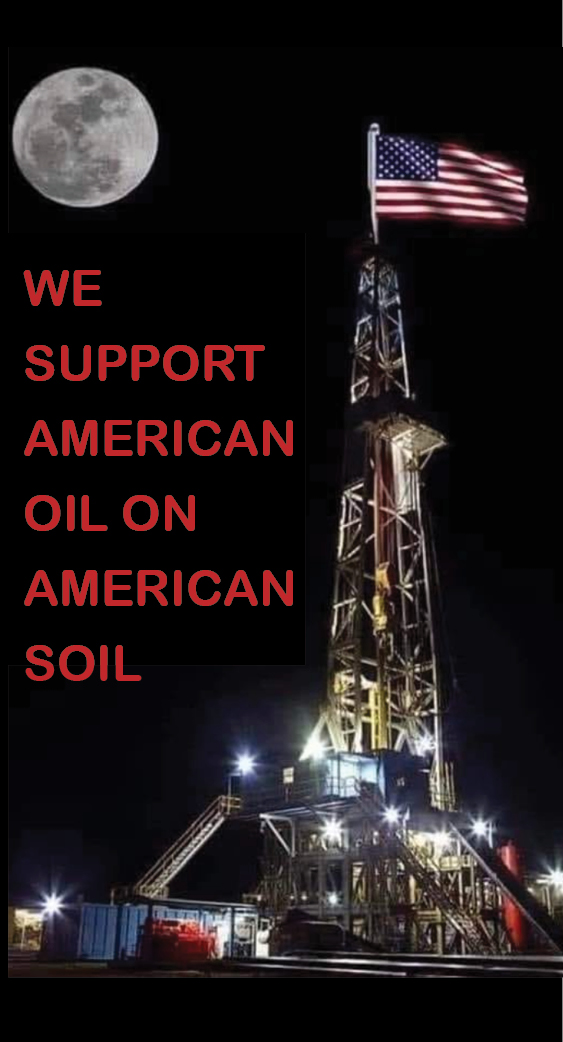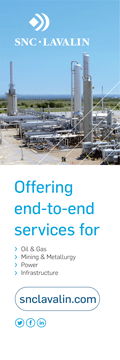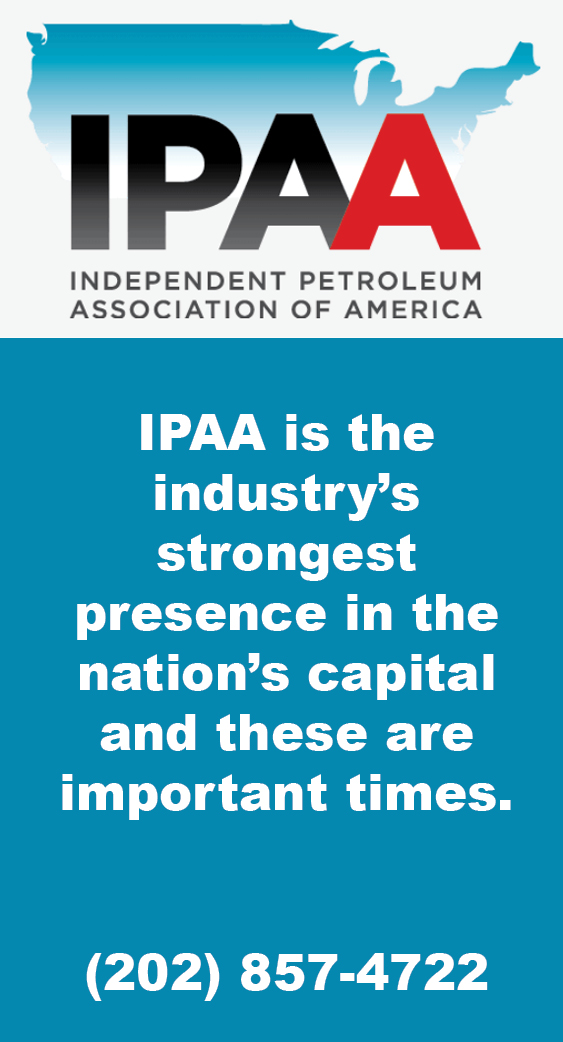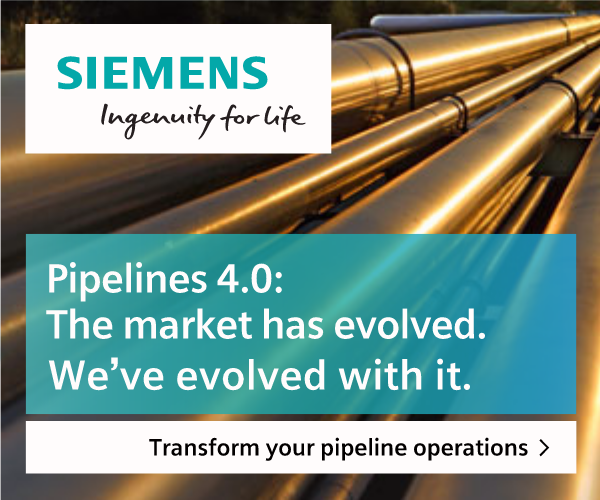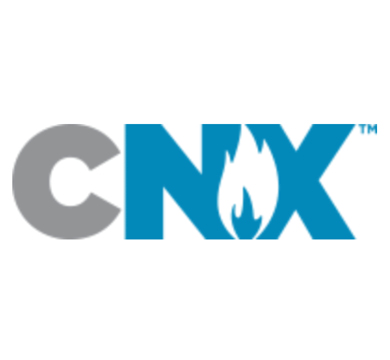Canadian Association of Petroleum Producers: Methane Action Plan Can Cut Emissions by 45 Percent
The Government of Alberta has committed to reduce methane emissions by 45 percent. Industry has a competitive plan to achieve this commitment in the most efficient way that will protect 7,000 jobs and balance environmental and economic priorities, according to an analysis conducted by the Canadian Association of Petroleum Producers (CAPP).
The Alberta government and the oil and natural gas industry must work collaboratively to reduce methane emissions by 45 percent by 2025 from 2014 levels through:
• Creating an approach that stimulates the use of innovation and technology.
• Recognizing early action on methane reductions by the oil and natural gas industry.
• Establishing risk-based cost-effective methods aimed at decreasing venting and detecting leaks faster.
• Adopting a continuous improvement approach at new operating sites.
• Leveraging a fleet average approach to achieve reduction targets.
This made-in-Alberta solution would cost the oil and natural gas industry $700-million over 8 years, but would result in the most competitive approach. It will prevent the cumulative loss of nearly 7,000 jobs from a prescriptive approach, see $710 million in capital reinvested in Alberta’s economy and boost our gross domestic product by $2.5 billion.
This flexible approach will achieve the emissions reduction target, prevent inefficiencies in its application and minimize the impact on Alberta’s economy.
“We have a solution that positions Alberta as a global leader on methane emissions reductions, while maintaining a strong economy at home. The world-class regulatory standards of our province and industry’s innovative technologies help define Canada’s leadership position. Canada is already leading in front of the United States on methane reductions – and with smart action can protect the environment and jobs for Albertans,” said Tim McMillan, president and CEO of CAPP.
“Industry has taken early action since 2012 and continues to improve its environmental performance, while growing the economy. Any approach to methane reduction will have impacts and won’t be easy but we owe it to our employees and communities to find the most efficient model that will limit the impact on jobs and the economy,” added McMillan.
SUPPORTING INFORMATION
• Alberta has regulations for flaring, venting and incinerating from upstream facilities, which serve as models of success for other jurisdictions, domestically and internationally.
— Solution gas conservation rates in Alberta, based on the most recent ST60 data and ST60B report, state that solution gas conservation rates have increased to 96 per cent.
• Industry is fundamentally changing how it operates through significant advancements in technology to further reduce methane emissions from oil and natural gas development.
— Research necessary to make technological progress is coordinated through various institutions such as Natural Resources Canada, Emissions Reduction Alberta, and universities with the goal to develop a robust ground, aerial, and satellite-based detection and quantification network through 2020.
— The oil and natural gas industry has launched research initiatives in partnership with the Petroleum Technology Alliance of Canada (PTAC). Projects have commenced and findings relevant to the regulatory design are anticipated by the end of 2020.
• Canada has world-class regulations on methane emissions reduction, especially in comparison to the United States.
— Canada’s regulatory targets for emissions management were first introduced in 1998 through the Clean Air Strategic Alliance (CASA), compared to 2009 in the U.S., when the Environmental Protection Agency (EPA) issued mandatory greenhouse gas (GHG) reporting requirements for facilities over 25 kilotons per year of carbon dioxide equivalent (CO2E).
— The U.S. has retreated from several commitments on climate change. Some states have committed to action, but those with the majority of production have not including North Dakota, Oklahoma and Texas.
— The U.S. regulations on methane emissions only targets new facilities, whereas Canadian regulations are targeting both new and existing facilities to reduce methane emissions.
About Canadian Association of Petroleum Producers
The Canadian Association of Petroleum Producers (CAPP) represents companies, large and small, that explore for, develop and produce natural gas and crude oil throughout Canada. CAPP’s member companies produce about 80 per cent of Canada’s natural gas and crude oil. CAPP’s associate members provide a wide range of services that support the upstream crude oil and natural gas industry. Together CAPP’s members and associate members are an important part of a national industry with revenues from crude oil and natural gas production of about $110 billion a year. CAPP’s mission, on behalf of the Canadian upstream crude oil and natural gas industry, is to advocate for and enable economic competitiveness and safe, environmentally and socially responsible performance.
To stop by CAPP’s website, CLICK HERE
Be in-the-know when you’re on-the-go!
FREE eNews delivery service to your email twice-weekly. With a focus on lead-driven news, our news service will help you develop new business contacts on an on-going basis.
CLICK HERE to register your email address.
Copyright © 2017 Mining Connection LLC. All rights reserved. This material may not be published, broadcast, rewritten, or redistributed without permission.
For licensing permission, .(JavaScript must be enabled to view this email address)





